-
 © Tony Baker/Classic & Sports Car
© Tony Baker/Classic & Sports Car -
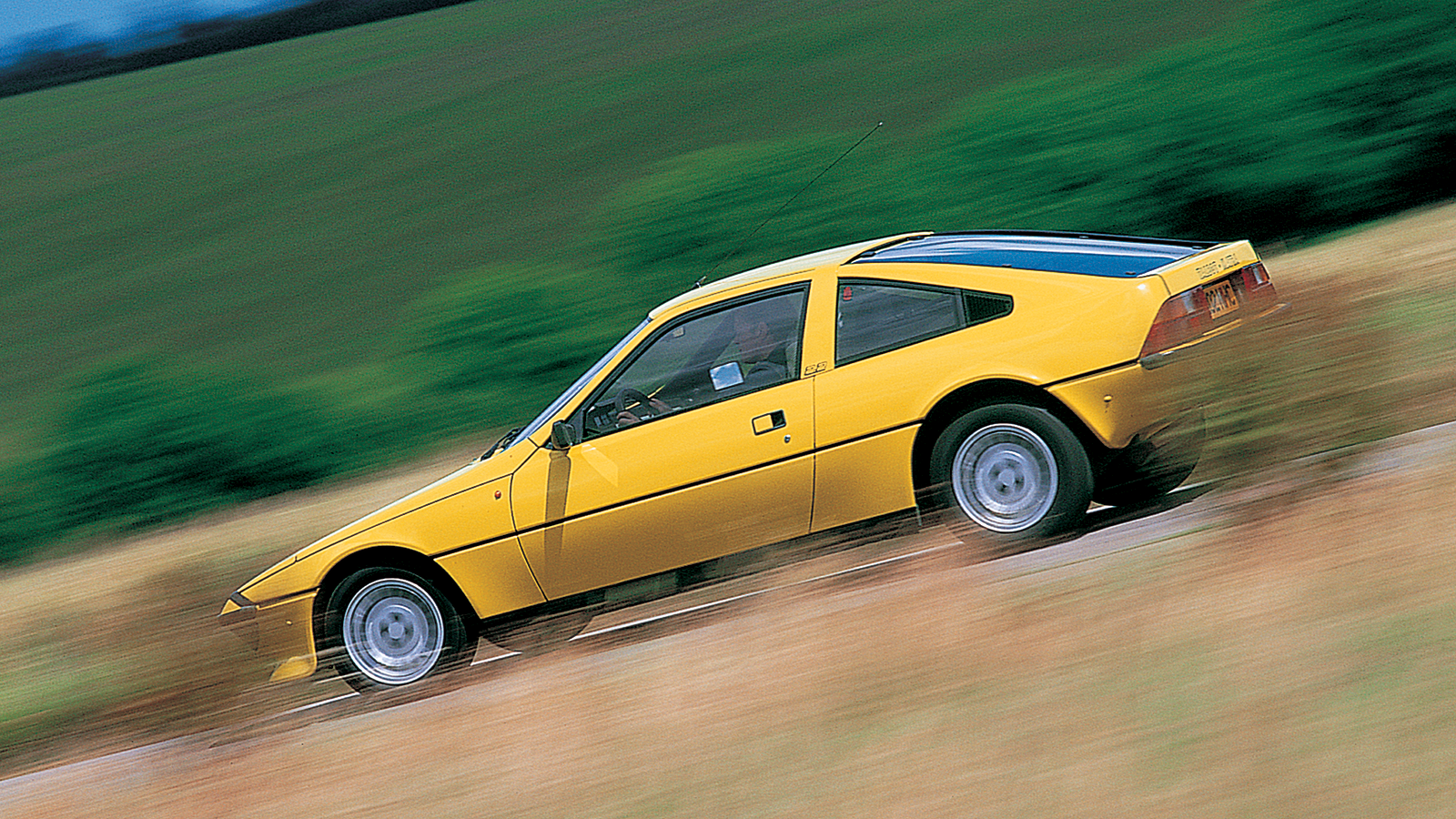 © Tony Baker/Classic & Sports Car
© Tony Baker/Classic & Sports Car -
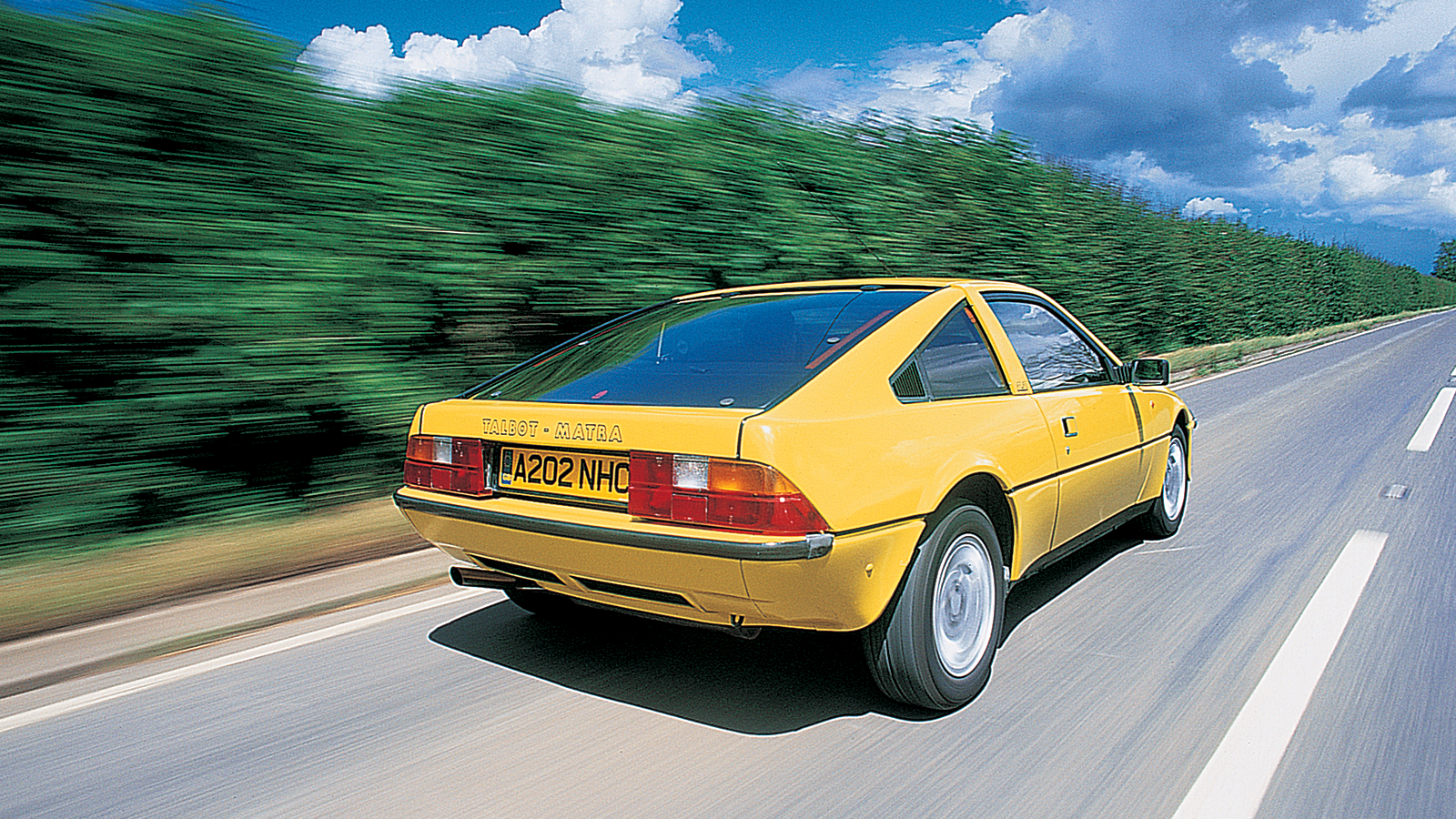 © Tony Baker/Classic & Sports Car
© Tony Baker/Classic & Sports Car -
 © Tony Baker/Classic & Sports Car
© Tony Baker/Classic & Sports Car -
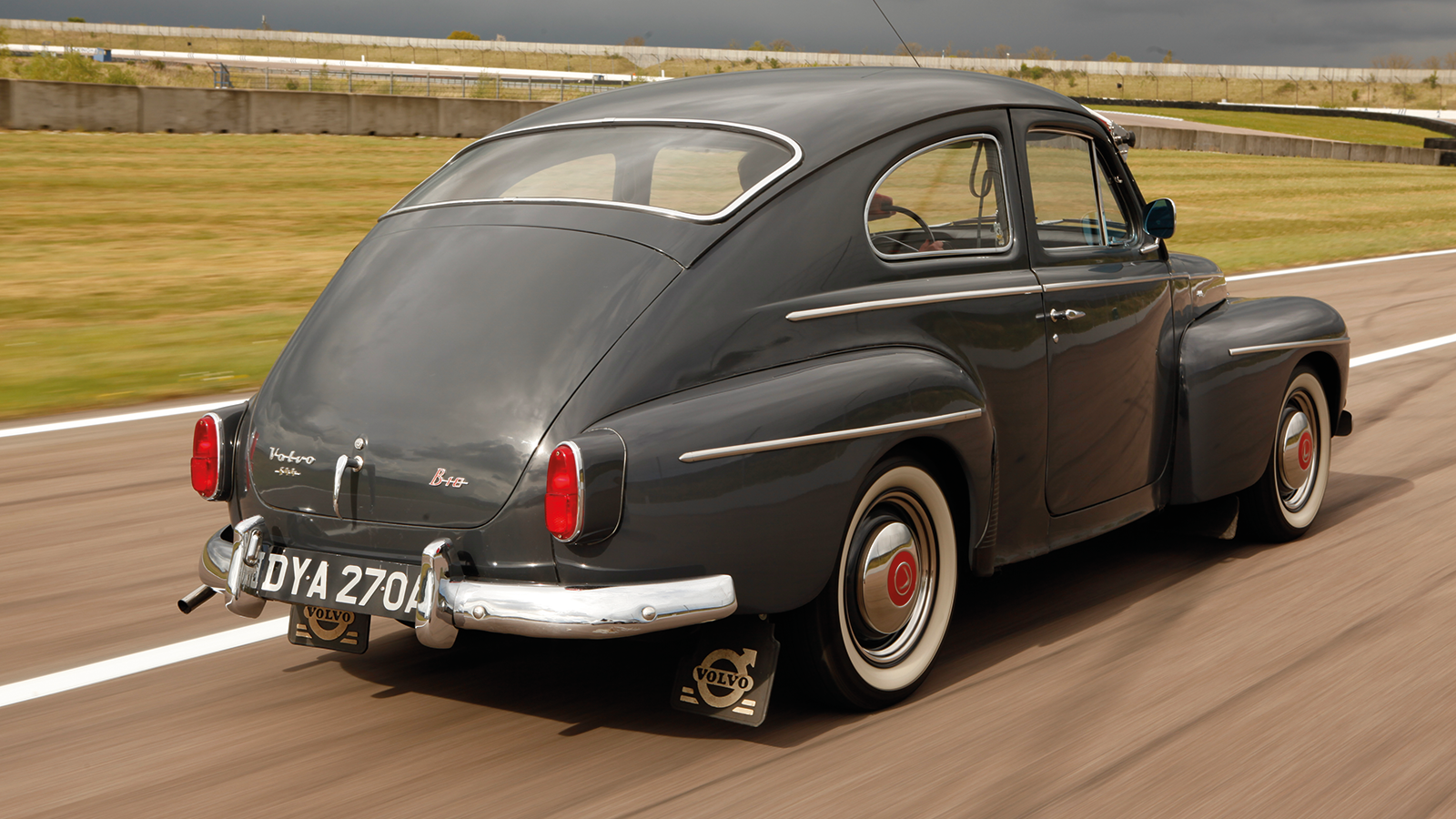 © Tony Baker/Classic & Sports Car
© Tony Baker/Classic & Sports Car -
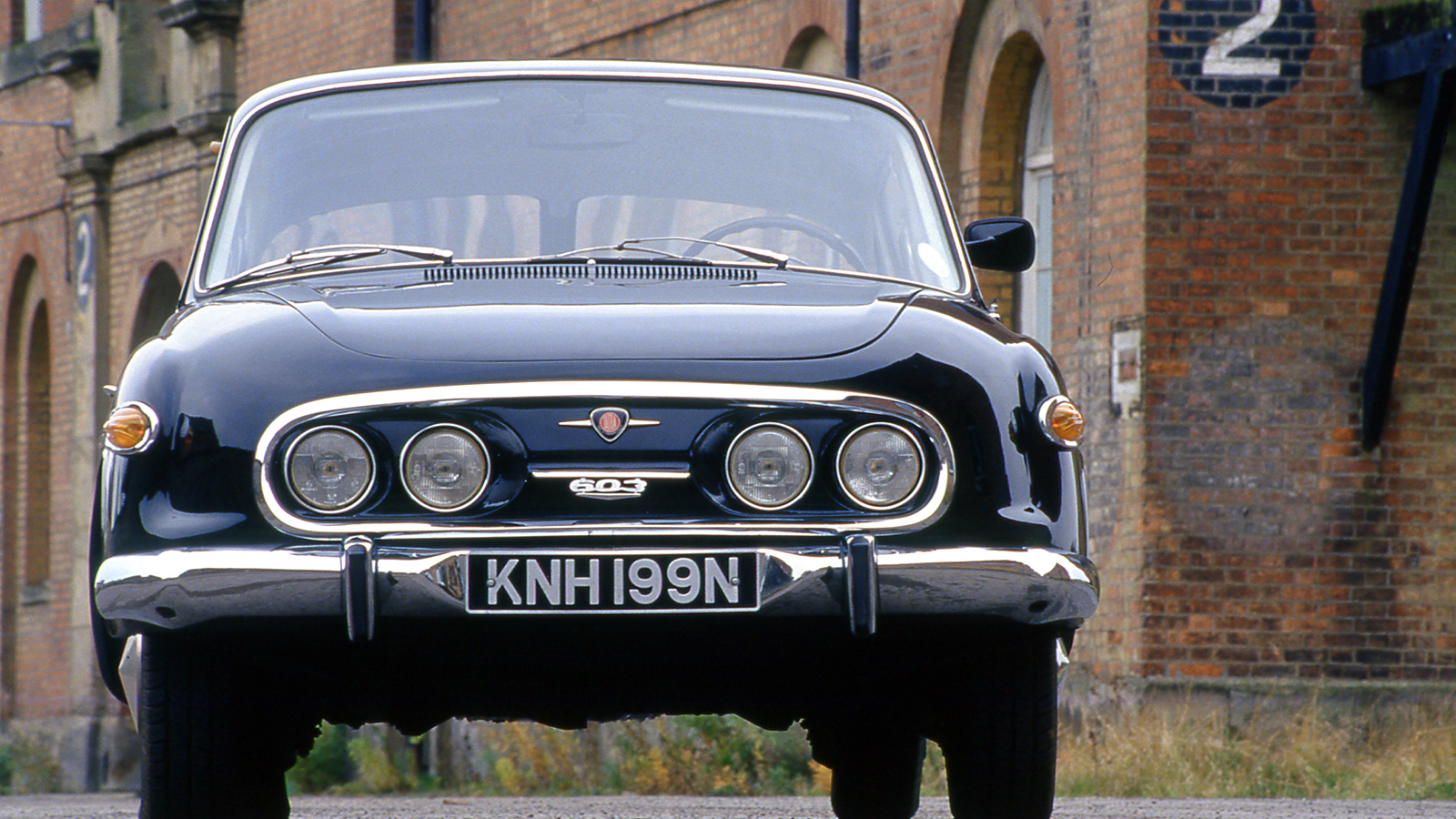 © Haymarket Automotive
© Haymarket Automotive -
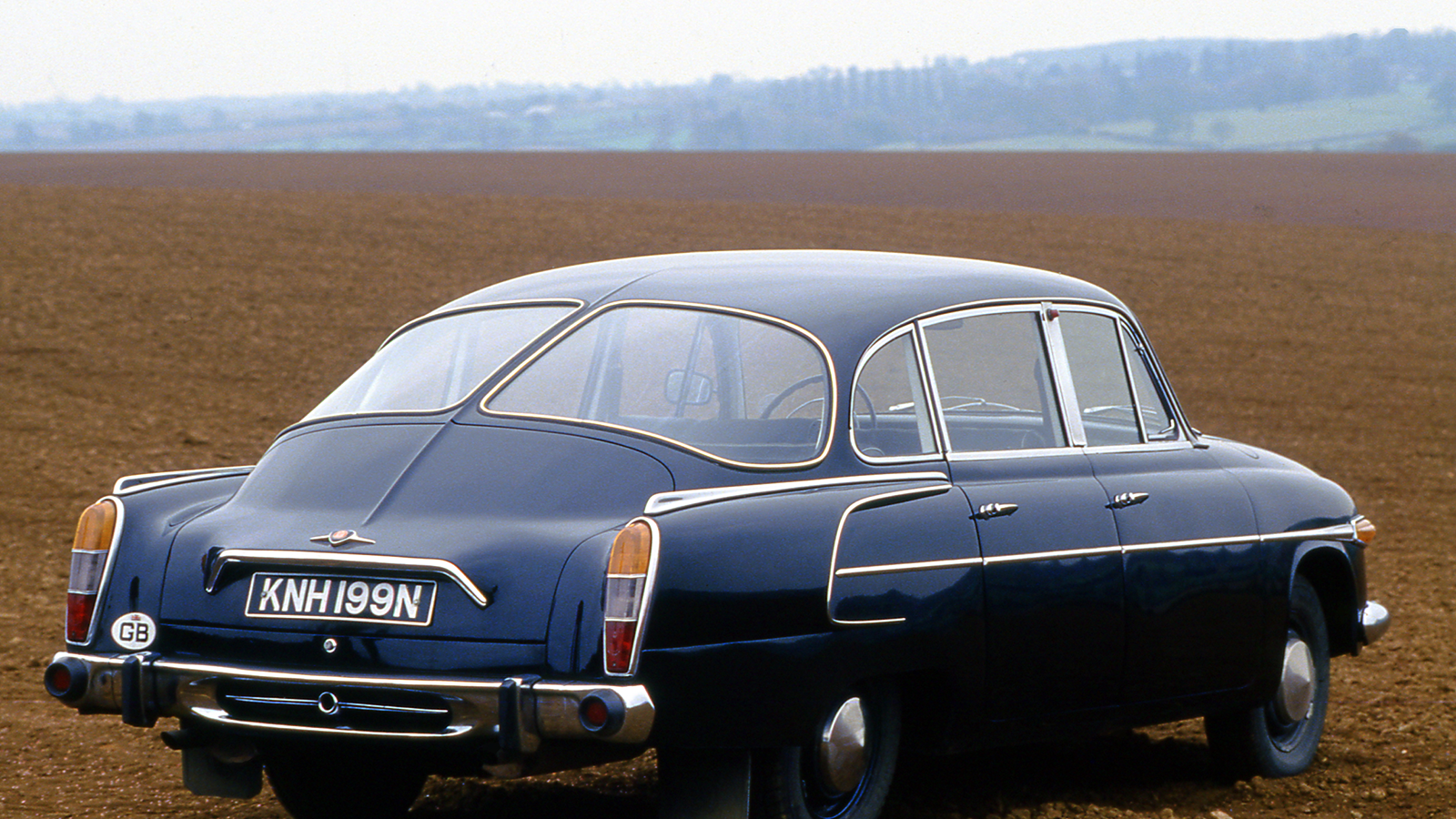 © Haymarket Automotive
© Haymarket Automotive -
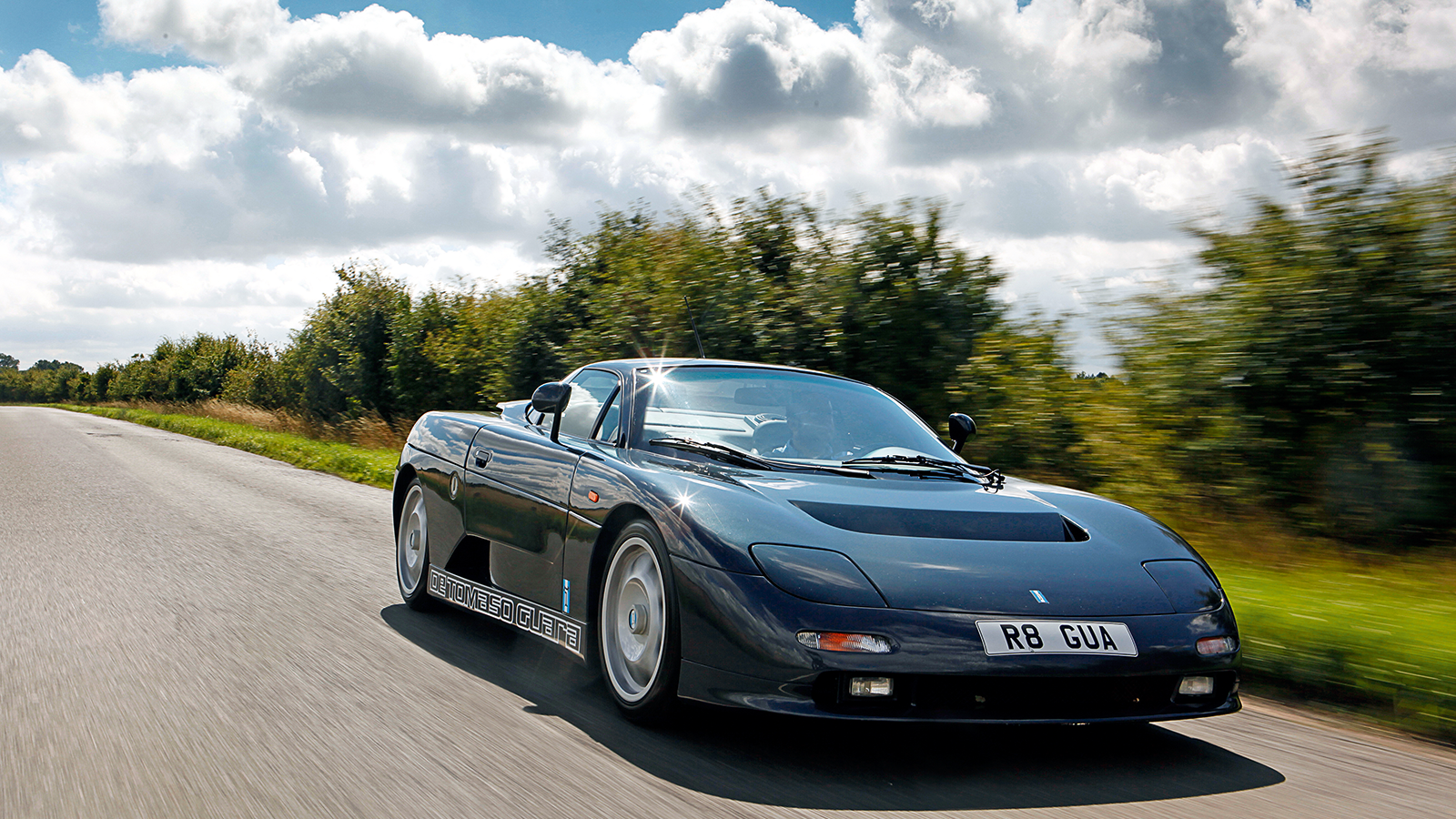 © Tony Baker/Classic & Sports Car
© Tony Baker/Classic & Sports Car -
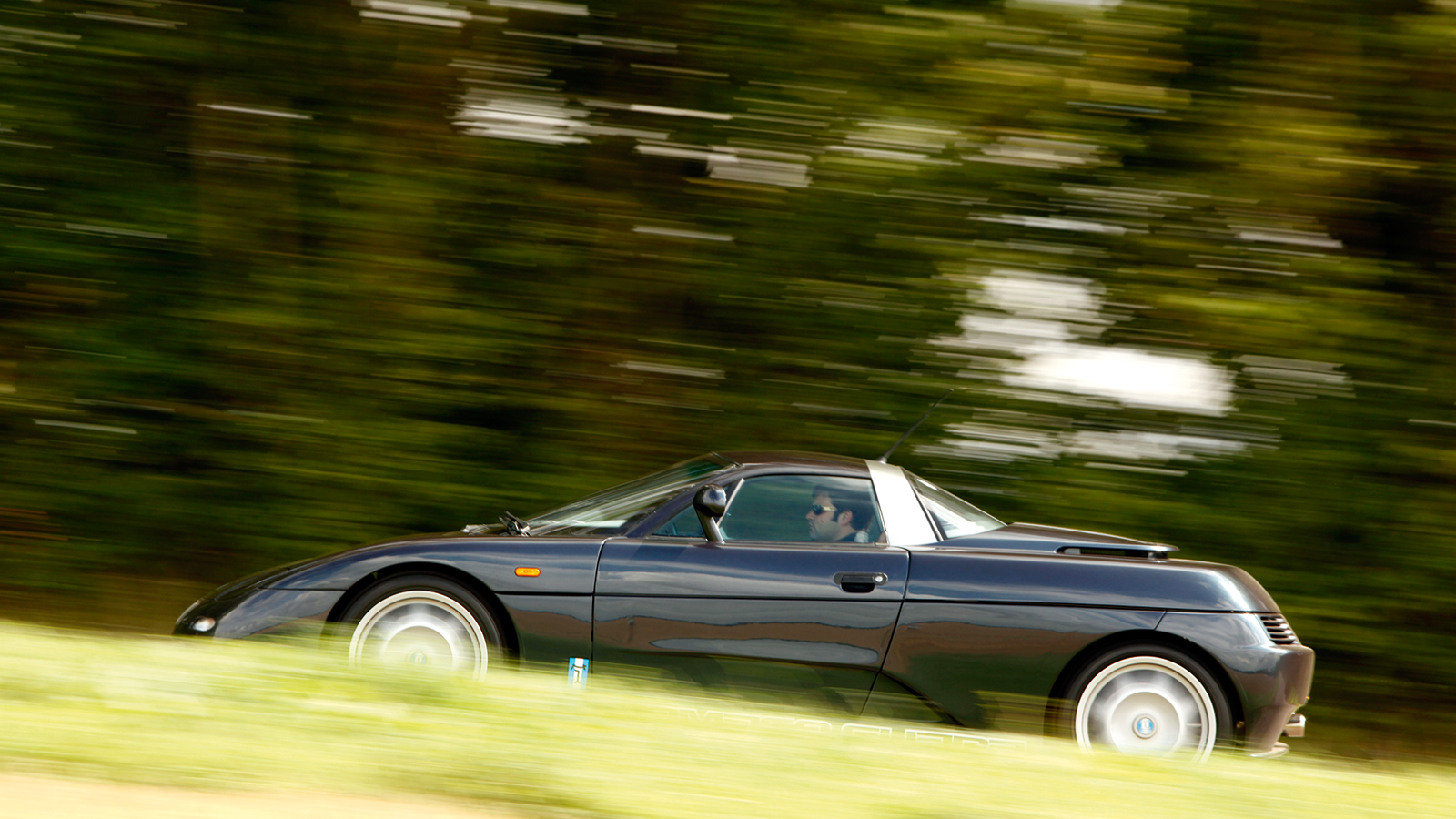 © Tony Baker/Classic & Sports Car
© Tony Baker/Classic & Sports Car -
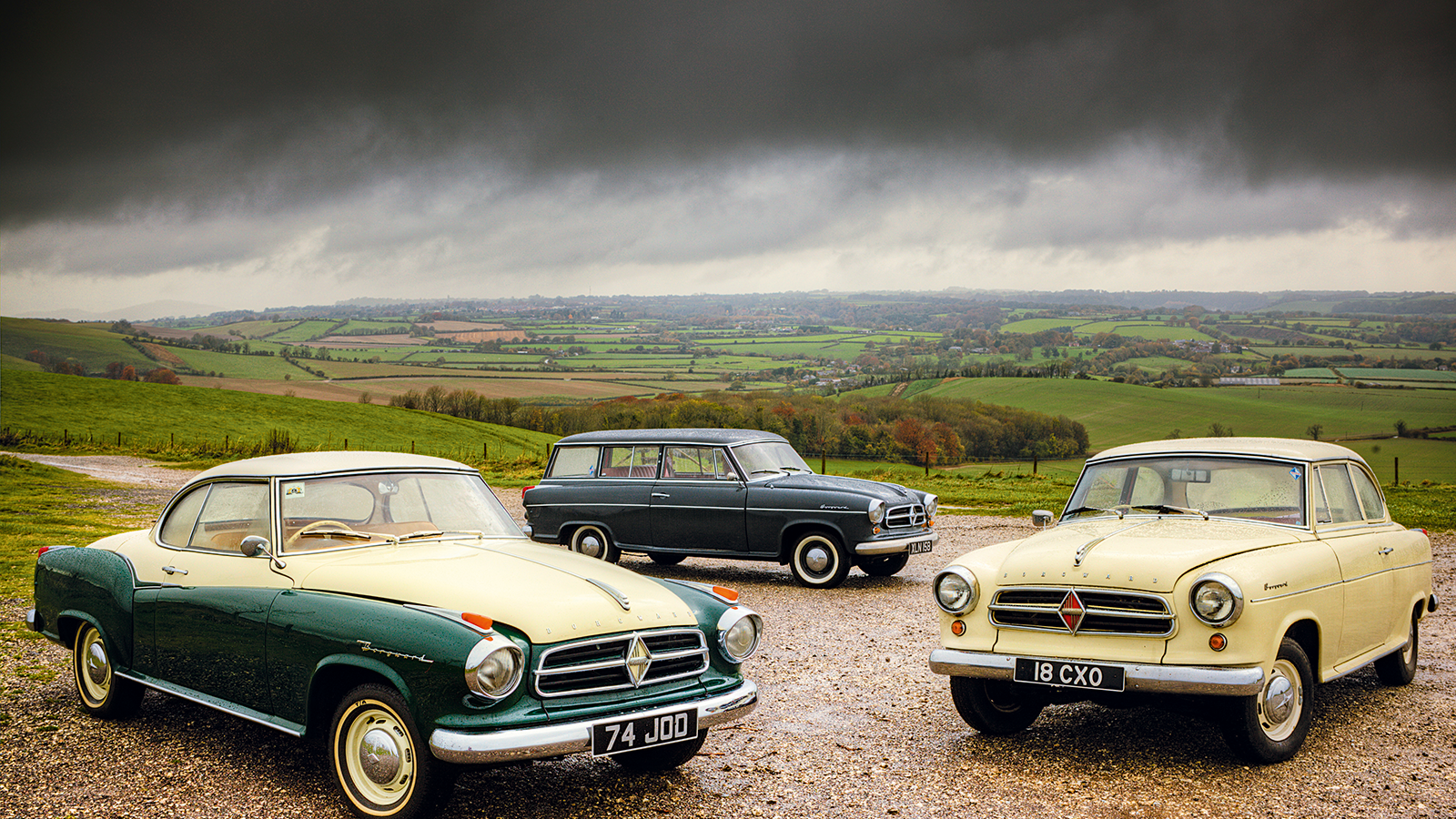 © Tony Baker/Classic & Sports Car
© Tony Baker/Classic & Sports Car -
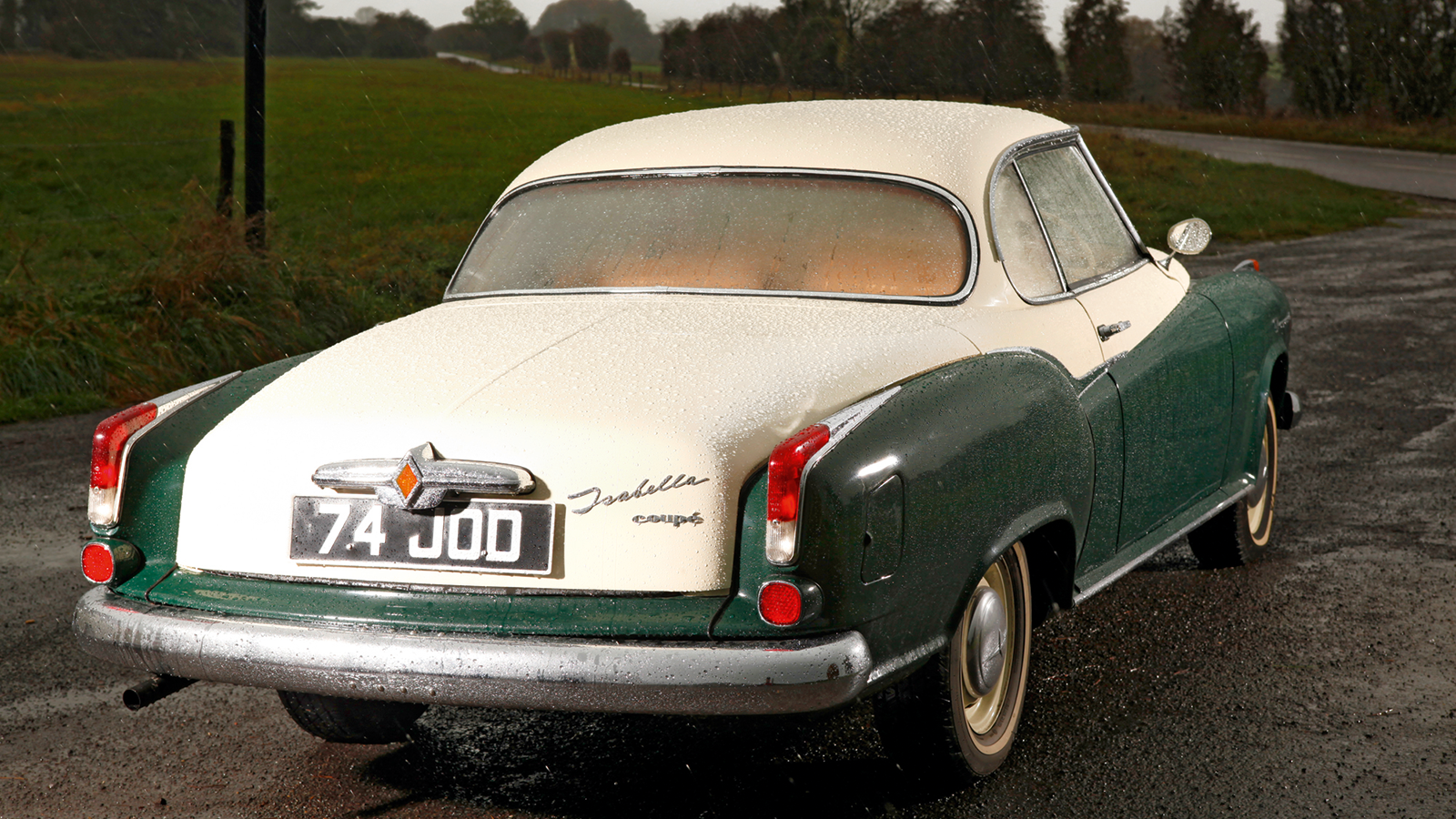 © Tony Baker / Classic & Sports Car
© Tony Baker / Classic & Sports Car -
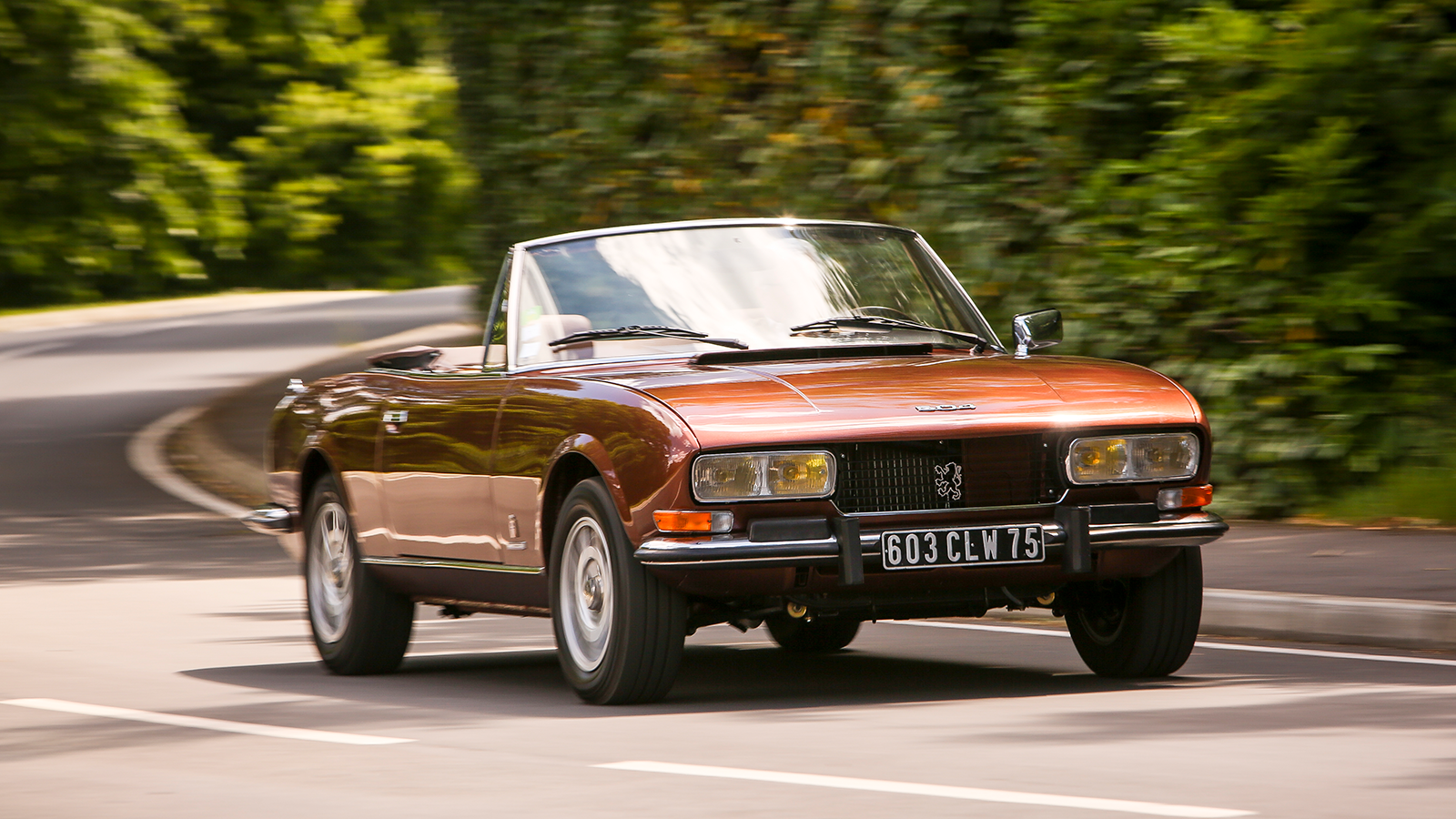 © Tony Baker/Classic & Sports Car
© Tony Baker/Classic & Sports Car -
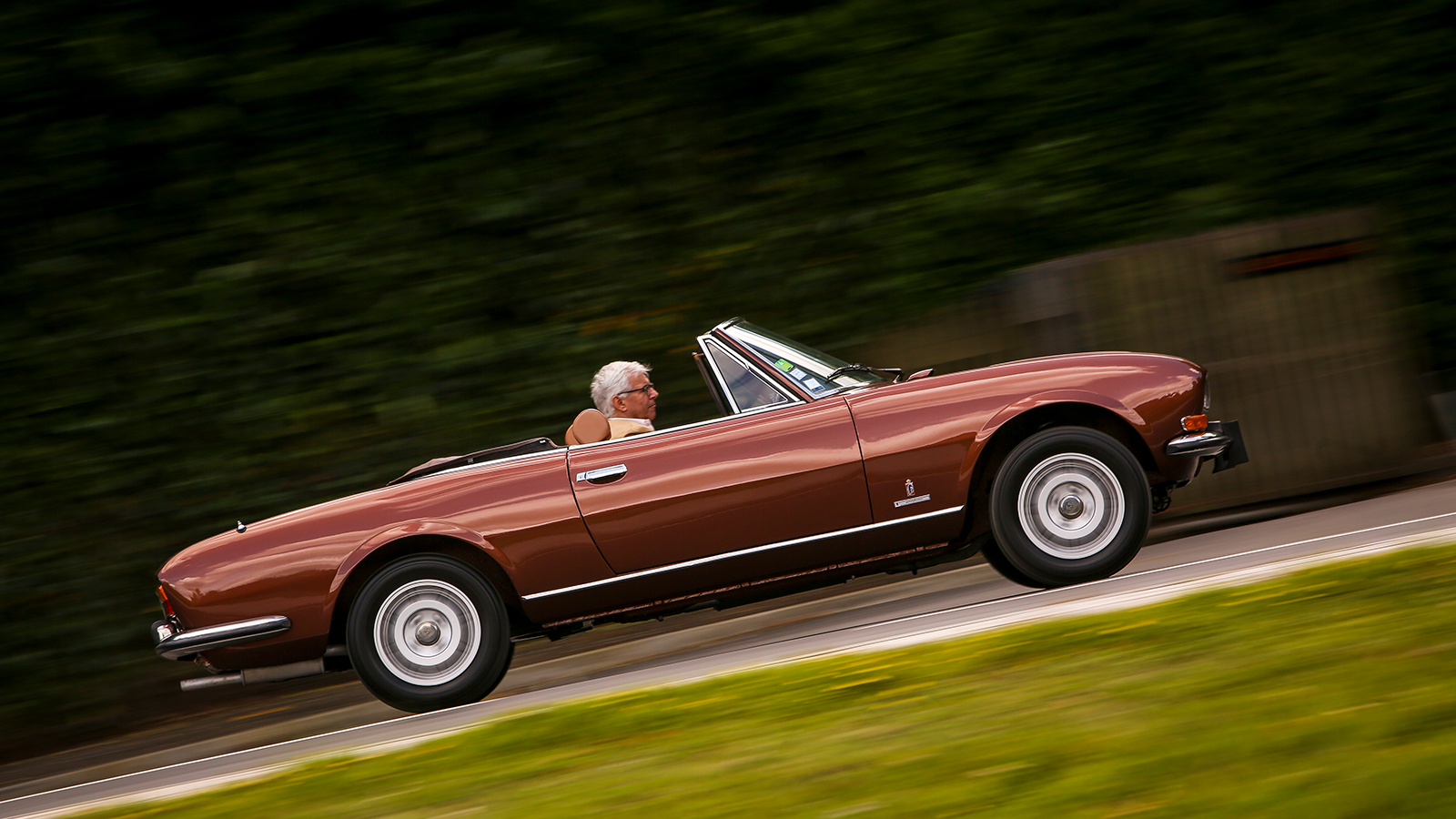 © Tony Baker/Classic & Sports Car
© Tony Baker/Classic & Sports Car -
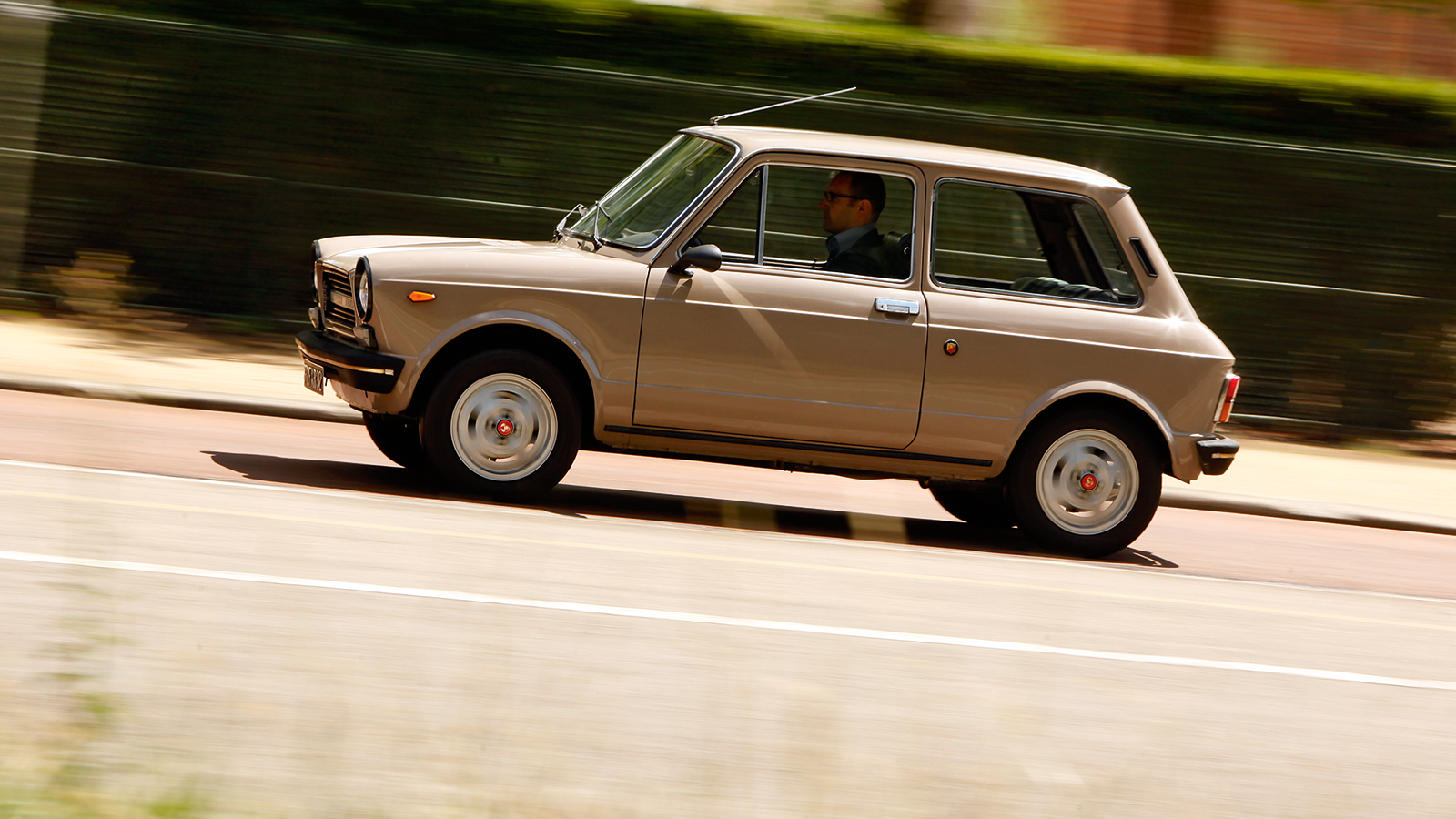 © Tony Baker/Classic & Sports Car
© Tony Baker/Classic & Sports Car -
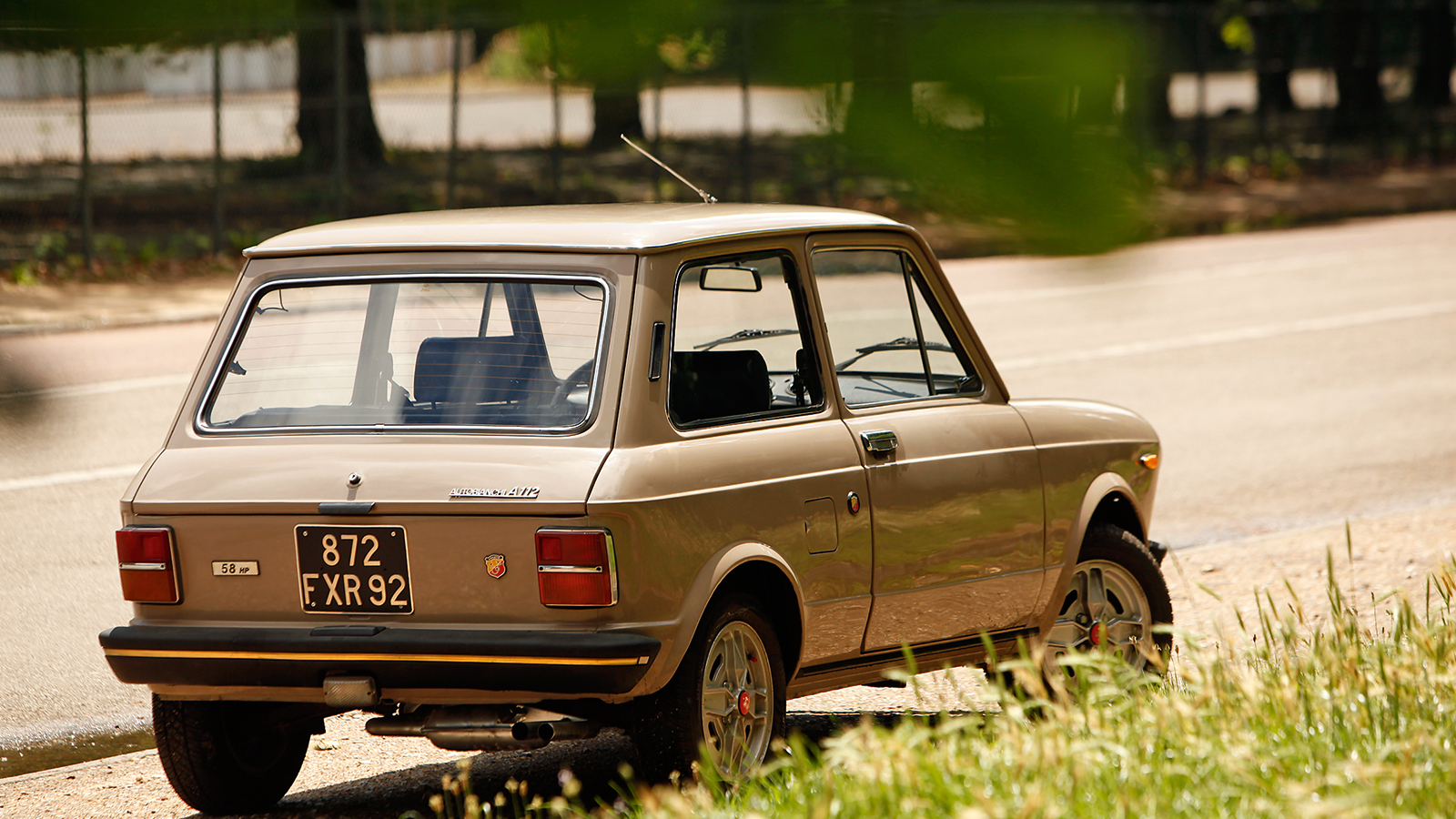 © Tony Baker/Classic & Sports Car
© Tony Baker/Classic & Sports Car -
 © James Mann/Classic & Sports Car
© James Mann/Classic & Sports Car -
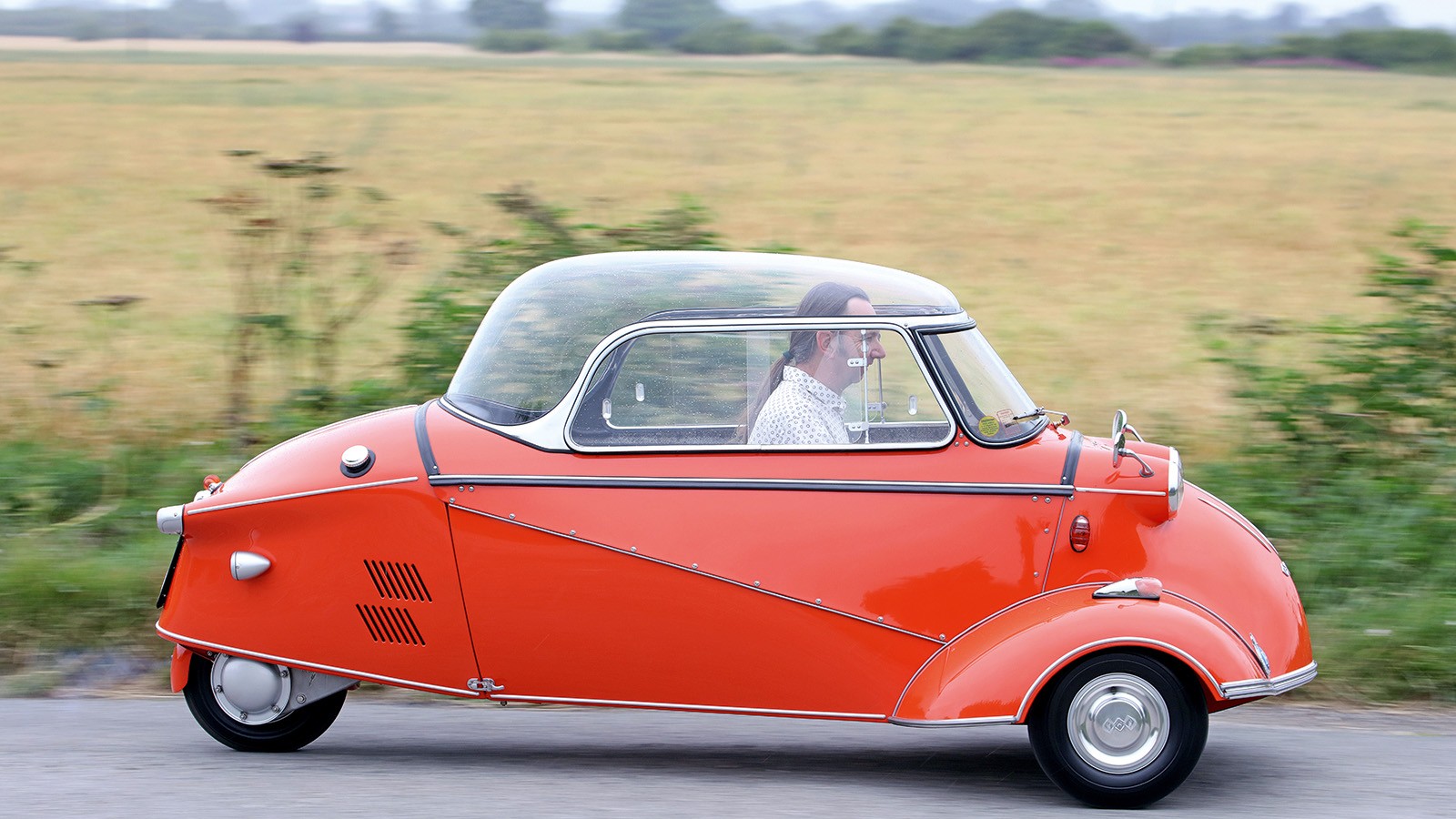 © James Mann/Classic & Sports Car
© James Mann/Classic & Sports Car -
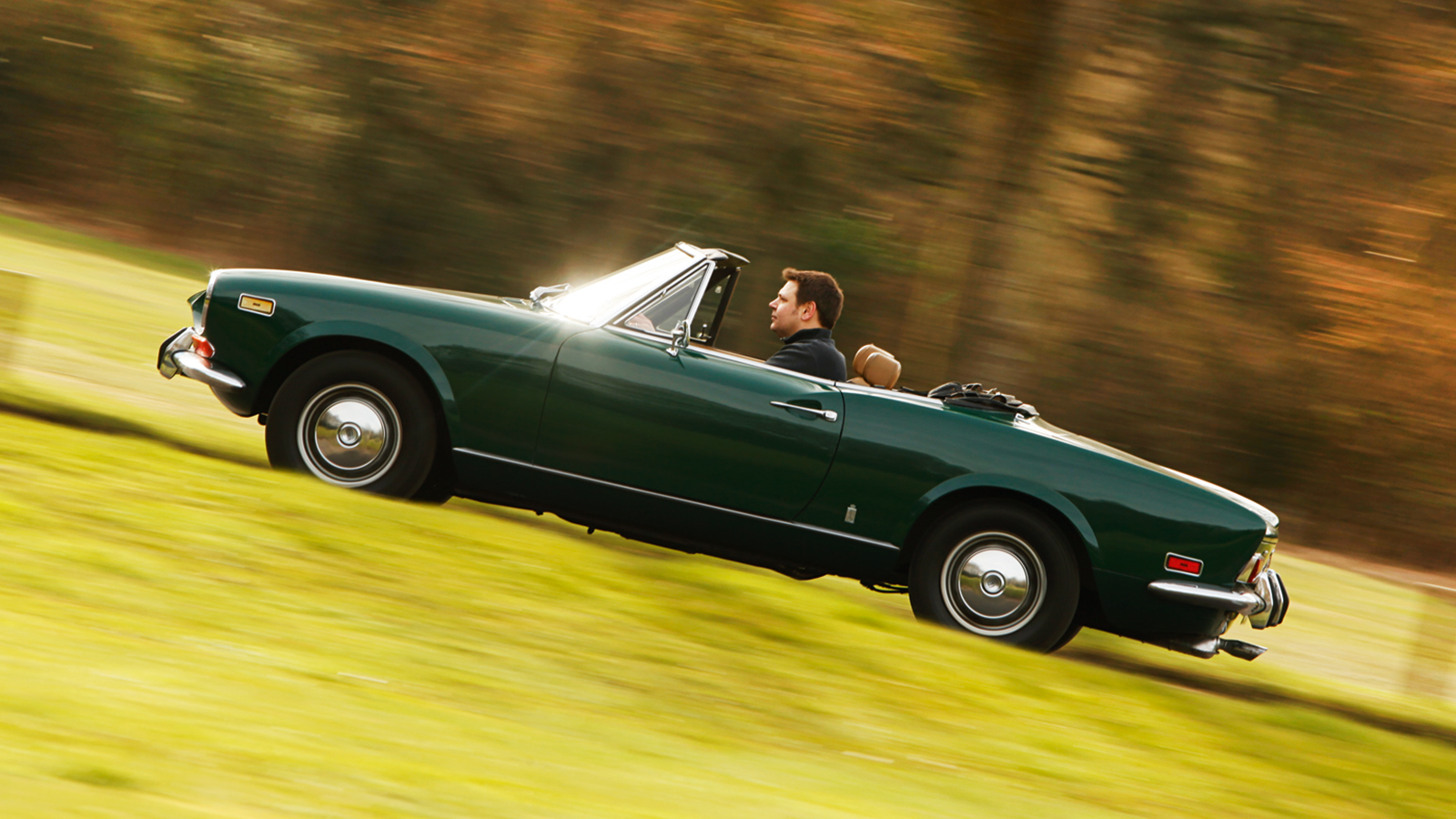 © Tony Baker/James Mann/Classic & Sports Car
© Tony Baker/James Mann/Classic & Sports Car -
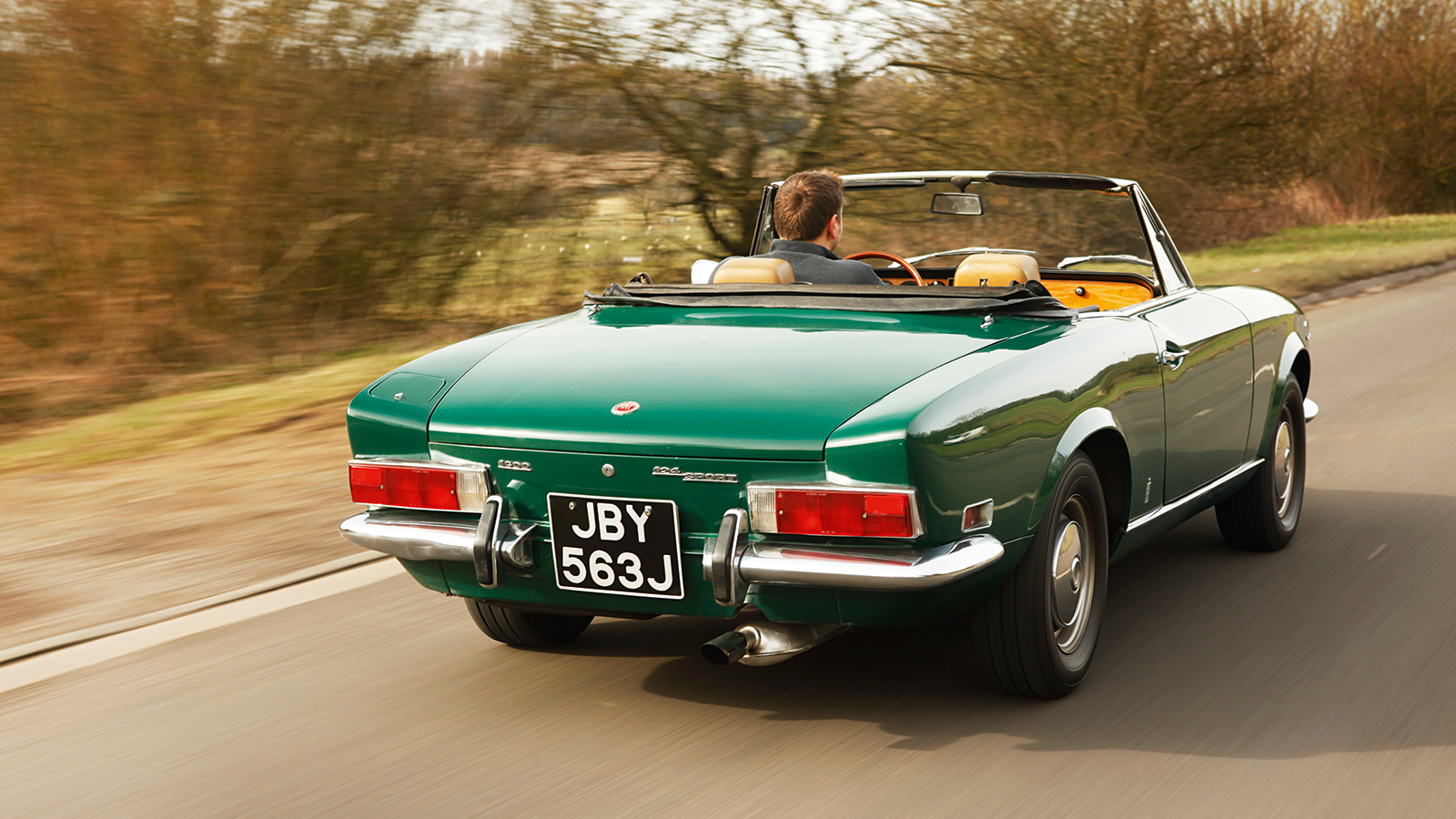 © Tony Baker/James Mann/Classic & Sports Car
© Tony Baker/James Mann/Classic & Sports Car -
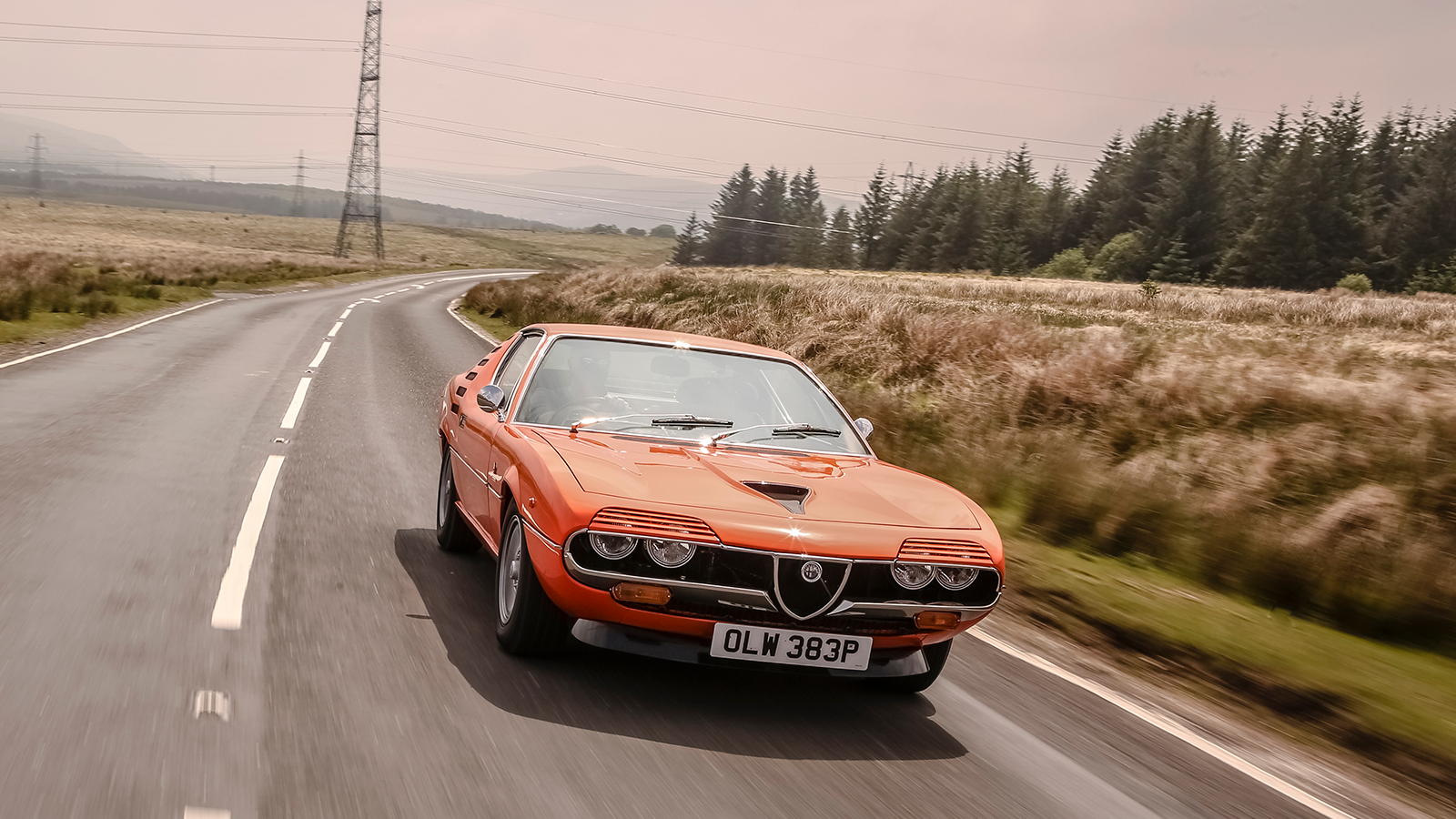 © Tony Baker/Classic & Sports Car
© Tony Baker/Classic & Sports Car -
 © Tony Baker/Classic & Sports Car
© Tony Baker/Classic & Sports Car -
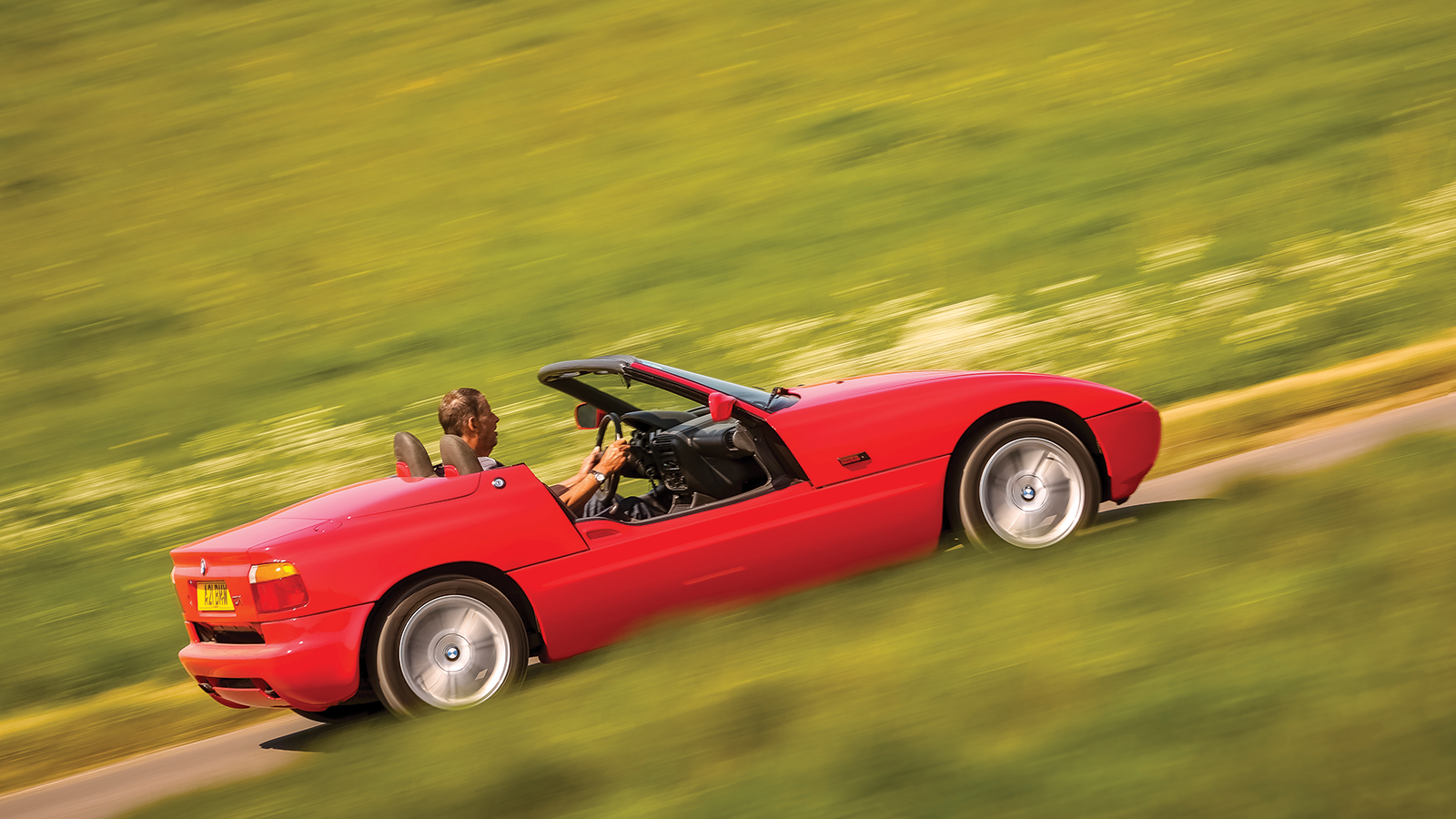 © Tony Baker/Classic & Sports Car
© Tony Baker/Classic & Sports Car -
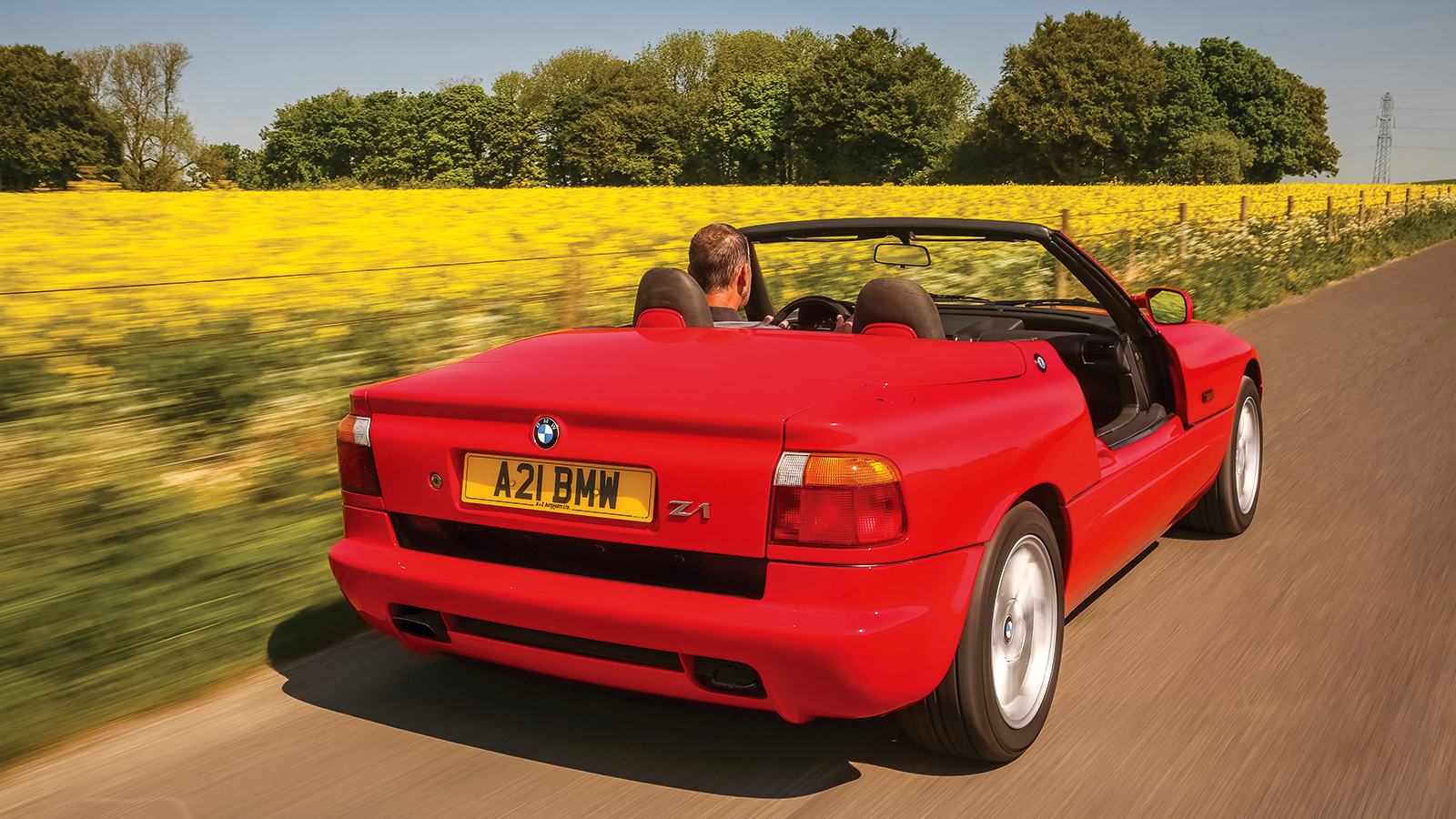 © Tony Baker/Classic & Sports Car
© Tony Baker/Classic & Sports Car
-
You might need to import these cars – but the effort will be worth it
The UK may be undergoing an existential breakdown over its relationship with Europe, but there’s one thing we can all agree on: our continental cousins have produced some truly weird and wonderful motors over the years.
Achingly beautiful styling, unusual mechanical solutions, innovative designs… the best European cars have ticked all of those boxes, often at the same time.
But what about the models that never made it across the channel – or that only did so in very limited numbers? Here’s our list of the finest European oddities that we’d gladly seek out – even with today’s terrible exchange rate!
-
1. Matra Murena
The successor to the equally boldly styled Bagheera, the Murena was a real missed opportunity for Matra.
Its sleek lines gave it genuinely slippery aerodynamics, it had a unique three-abreast seating layout, and an outlandish interior with patterned upholstery that gave it ’70s boudoir vibes.
-
Matra Murena (continued)
The all-independent suspension made for a sweet handling balance, and reviews at the time were favourable – but the weak 1.6-litre engine held it back.
Look for the rarer 2.2 model with factory ’S’ pack if you want poke to rival a Porsche 944, but expect to pay around £12k for it.
-
2. Volvo PV544
It’s hard to imagine that this sturdy Swedish family car was introduced the year after the first prototypes of the curvaceous P1800 coupé. Yet the two cars share the same 1.8-litre I4, with single- and twin-carb versions on offer.
-
Volvo PV544 (cont.)
Hugely popular, but never officially sold in the UK, its pre-war styling fits perfectly with the brand’s long cultivated safe and sensible image, but it also has an enviable rally pedigree, winning the infamously tough East African Safari in 1965.
-
3. Tatra 603
The chosen mode of transport for the most powerful apparatchiks from Cuba to Kharkiv, this luxurious Soviet-era barge was Czechoslovakia’s answer to the GAZ Volga.
-
Tatra 603 (cont.)
Its streamlined body and imperious chrome detailing conceal an air-cooled 2.5-litre V8 mounted in the rear, but it also has room for six passengers and their luggage, and an independent petrol heater perfect for a harsh Russian winter.
Hard to find in its earliest T603 guise (with triple headlamps), the best examples now fetch up to £35k.
-
4. De Tomaso Guará
The reborn De Tomaso marque has just unveiled its swoopy new P72 at the Goodwood Festival of Speed, but few of those attending the show will remember the ill-fated Guará.
The last car developed by company founder and F1 Driver Alejandro de Tomaso, it was meant to be a street-legal racer. The spec list certainly had promise, with push-rod front suspension, and a glassfibre and Kevlar body over an aluminium chassis.
-
De Tomaso Guará (cont.)
Just like the modern car, the Guará has a mid-mounted V8 and manual gearbox, with the earlier variants using the sweet 279hp 3.9-litre BMW M60. Sadly, the new brand has no Italian connections, so the ultra-rare Guará was its swansong.
-
5. Borgward Isabella TS
A car bearing the Italian version of a Spanish name, and built in Bremen, Germany? The Isabella certainly has the style to win hearts across Europe, whether as a coupé (as pictured on the left) or in ultra-rare drophead form.
-
Borgward Isabella TS (cont.)
Its flared rear arches have echoes of the Volkswagen Karmann Ghia, but the TS model’s 1493cc straight-four produced considerably more power: 75bhp in fact. It was also far shorter-lived than the VW, making it a genuine collector’s item now.
-
6. Peugeot 504 Cabriolet
If the French Riviera was a car it would definitely be a 504 Cabriolet: glamorous, sophisticated, and as triumphantly Gallic as smoking a gauloises over a game of boules.
This French fancy has a lot going for it too, with a plush ride, that unmistakeable Pininfarina body (which will rust at the merest hint of moisture) and, unusually for a cabrio of this era, room for four to enjoy the wind in their hair.
-
Peugeot 504 Cabriolet (cont.)
We’d go for a four-pot over the post-1974 V6 though, since it’s a bargain by comparison and can still get over three figures flat-out.
-
7. Autobianchi A112 Abarth
Italy’s riposte to the hugely successful Mini is in fact a car from the class above: larger and more refined than its British rival, but equally appealing for enthusiasts.
Initial vanilla versions failed to excite, but once Carlo Abarth got hold of it in 1971, the A112 became a real icon: super light, eager to rev and very chuckable, it was a favourite with a whole generation of young Italian racing drivers.
-
Autobianchi A112 Abarth (cont.)
Post-1975 it got an 1059cc twin-carb engine with 70bhp (up from 58) and an optional five-speed ’box. Whilst rare, there are still low-mileage survivors in Italy. Worth taking a Roman holiday for?
-
8. Messerschmitt KR200
The KR200 makes for an interesting ‘What if?’ exercise: if the Allied powers had lost WW2, would Supermarine have started building Morgan three-wheelers instead of Spitfires?
Well, it’s essentially what happened in Germany, when Messerschmitt was temporarily banned from aircraft production and instead began building Fritz Fend’s radical bubble car in 1953.
-
Messerschmitt KR200 (cont.)
Shaped like a fuselage, and powered by a tiny 191cc two-stroke engine with less than 10bhp, it was still capable of up to 65mph (provided you were brave enough) and close to 90mpg.
It also had a dual-ignition system, which ran the engine backwards to give reverse (in the same four speeds as it had going forward) and wouldn’t look out of place at the Jetsons’.
-
9. Fiat 124 Spider
Another drophead and another gorgeous Pininfarina body – only this time with Ferrari styling cues.
As rust-prone as it is beautiful, the 124 went on to be sold – appropriately enough – as the Spidereuropa, and was far more advanced than its British rivals, with revvy DOHC engines, disc brakes at each corner, and fine handling. There was even a supercharged Volumex version.
-
Fiat 124 Spider (cont.)
The tidiest examples around are mostly Californian imports, but even these well-cared for examples are far better value than similar fare from Alfa Romeo.
Speaking of which…
-
10. Alfa Romeo Montreal
The Italians defined the supercar genre in the ’70s, and in theory the Montreal has everything you’d want from a marque with Alfa’s pedigree.
Such as: looks by Bertone, from the same man who penned the Muira; a cross-plane 2593cc V8 derived from the race engine in the Tipo 33; and a 135mph top speed.
-
Alfa Romeo Montreal (cont.)
One of just three post-war Alfas with eight-cylinders, steady prices represent good value, if you can find one.
-
11. BMW Z1
The first of BMW’s ‘Z’ cars has been quietly appreciating for years, but it’s worth reiterating what an oddball mixture it is.
Half classic roadster formula (two-seats, straight-six, FR layout) half madcap German engineering project (replaceable plastic body, drop-down doors, ground-effect undertray) it’s a small wonder the ‘Z’ stands for ‘Zukunft’, which means ‘Future’.
-
BMW Z1 (cont.)
Pretty, thoroughly distinctive and great to drive, it’s a shame that (Z8 excepted) BMW’s roadsters never reached these heights again.
